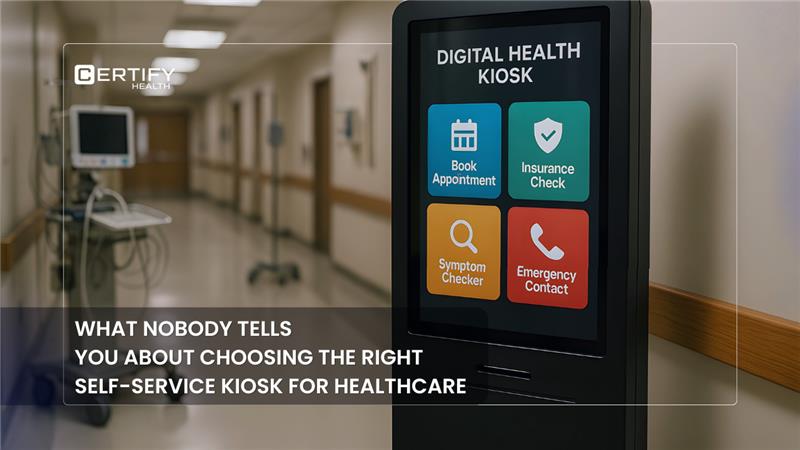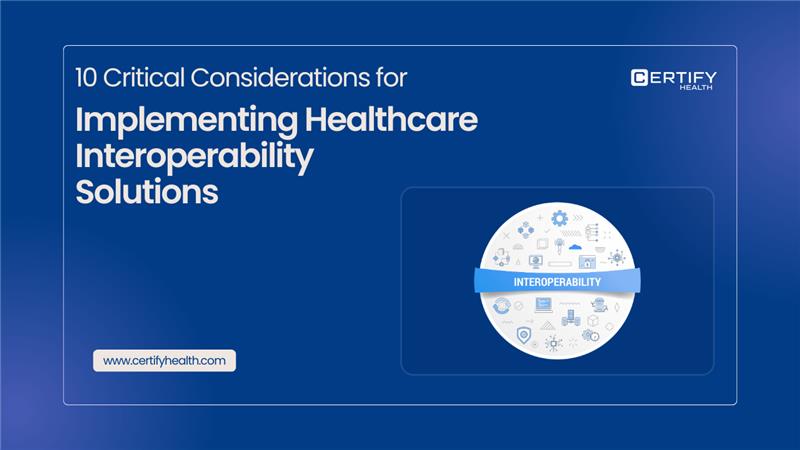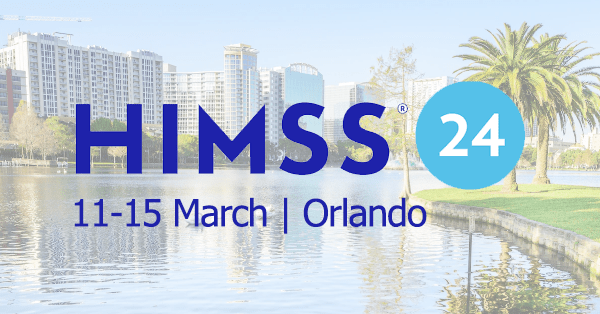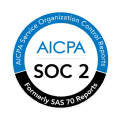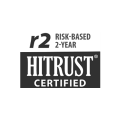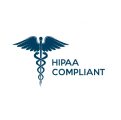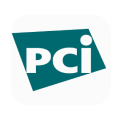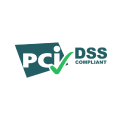Table of Contents
Introduction
Patient intake is a routine yet crucial process in healthcare. It requires patients to provide medical documents, personal details, and insurance information before an appointment. But let’s be honest—the patient intake process is far from seamless.
With traditional paper-based intake, patients manually fill out forms, and providers painstakingly transfer the information into their systems. Sounds simple, right? Not quite. Hidden beneath this routine are long wait times, data entry errors, typos, and a significant administrative burden that slows everything down.
Consider this: A study of 364 healthcare professionals found that nearly half of nurses (49.4%) have made clinical errors— showing that manual patient intake isn’t just outdated, but also a risk to patient safety.
That’s where digital patient intake comes in—streamlining data collection, minimizing errors, and improving patient experience in healthcare. In this article, we will explore what is patient intake, compare traditional vs. digital methods, and highlight the key benefits of switching to a digital intake system.
What is Patient Intake?
As discussed earlier, Patient intake process helps healthcare providers to collect patients’ essential information, such as demographics, medical data (previous histories), insurance details, consent forms, and other key details, prior to their visit.
The patient intake process comprises many steps: capturing the patient’s data, such as name, number, email address, etc.; collecting medical history (previous medication details, other healthcare conditions); verifying insurance details ( including the co-pay and outstanding balances); updating this data on the system; verifying and collecting payment; and making the patient sign consent forms.
Methods of Patient Intake
1. Traditional Patient Intake
For years, healthcare organizations have stuck to the traditional paper-based approach. Patients walk in, fill out forms, sign consent documents, and eventually receive a bill via email for any outstanding balance.
You already know the drawbacks—this method is slow, exhausting, and inefficient for both patients and staff. Errors in patient information, duplicate entries, claim denials, and even privacy risks make it far from ideal.
2. Digital Patient Intake
Healthcare practices are gradually shifting to digital methods. Here’s why: Digital patient intake allows patients to receive intake forms via SMS or email before their visit. They can fill them out remotely, sign consent forms, verify insurance, and submit everything online—all from the comfort of their home.
This method is a win-win. Patients enjoy the convenience of a hassle-free check-in, while healthcare staff experience reduced administrative workload, fewer errors, and a more efficient workflow.
How Digital Patient Intake Outperforms Traditional Methods
Benefits of Digital Intake for Patients
Digital patient intake is not only convenient for healthcare providers but has direct benefits for patients too. Here’s how:
Convenience and Timesaving

Data Accuracy

Manual patient intake is prone to errors – be it mistyped information, illegible handwriting, or missing details. These mistakes can lead to potential risks like medication errors, incorrect diagnosis, and treatment delays. The digital patient intake process reduces errors and ensures accuracy with built-in validation checks.
Improved Communication

Each patient is different, and their intake process should reflect their specific needs. Therefore, healthcare practices can customize online intake forms to collect specific medical information from their patients and result in improved communication.
Let’s take an example: a patient with diabetes wants to visit your practice for treatment, so when you send the intake form, you can include questions related to blood sugar level, etc. This level of personalization helps in improving patient experience in healthcare, as practices have all the information in hand. It leads to more informed discussions and personalized care.
Accessibility and Inclusivity

Healthcare should be accessible to all, but paper-based intake forms can create barriers for those with language barriers or disabilities. A digital patient intake system helps remove these barriers.
It offers accessibility and inclusivity by providing remote access, multilingual support for non-native speakers, screen reader compatibility for impaired patients, and voice-to-text options for people with physical disabilities.
By removing physical and language-based limitations, this method rebates a more equitable healthcare experience, ensuring that all patients—regardless of ability or background—can access and receive the care they need without added stress or difficulty.
Benefits of Digital Intake for Providers
Reduced Administrative Burden

Traditional patient intake requires staff to manually transcribe paper forms into electronic health records (EHRs), increasing the risk of errors and delays. Digital intake automates this process, allowing patient information to be captured and transferred seamlessly, saving valuable time.
Digital forms enable automatic verification of insurance details, pre-appointment questionnaires, and consent forms, reducing back-and-forth communication and administrative bottlenecks. With fewer clerical tasks, front-desk staff can focus on patient engagement and service quality instead of tedious data entry.
Did you know
For every 3 minutes a physician spends with a patient, 1 minute is lost to clerical tasks. Shockingly, only 23% of a hospitalist’s time is spent on direct patient care. This overwhelming burden of documentation not only eats into valuable patient interaction but also fuels physician burnout and compromises patient outcomes.
Enhanced Coordination of Care
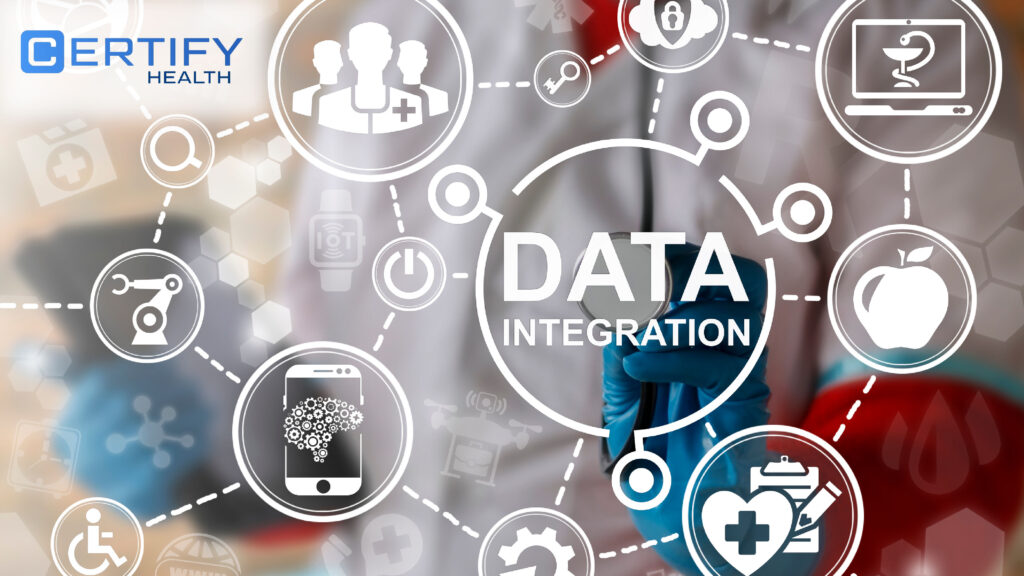
Digital patient intake enables patient data to be updated in real-time across electronic health records (EHRs) resulting in enhanced coordination of care. Let’s understand how – digital method of patient intake ensures that healthcare practices have access to patients’ latest medical histories, treatment plans, and medications.
From primary care physicians to specialists, therapists, and lab technicians, digital methods enable smooth data flow between departments. It minimizes the need for redundant tests, improves diagnostic accuracy, and ensures that every provider works with the same up-to-date information.
Better Doctor-Patient Communication

Doctor-patient communication plays a crucial role in improving patient experience in healthcare and achieving good health outcomes. The digital method of patient intake enables doctors to access essential patient data, allowing them to prepare and focus on addressing specific health concerns rather than on routine data collection.
It ensures doctors have more time to explain conditions, address patient concerns and discuss treatment plans thoroughly. This in turn helps patients to understand their diagnoses, medication instructions, and follow-up care requirements easily, leading to better treatment adherence and improved health outcomes.
Cost Reduction

Switching to digital patient intake is a smart financial move.
Here’s what it means:
Traditional patient intake relied on papers, printing, scanning, and storage – this is time-consuming and heavy on the pocket. Digital forms eliminate the need for paper-form printing.
A paperless system also boosts operational efficiency. Your staff will spend less time handling papers, organizing them, or retrieving them. Over time, this will lead to significant cost savings and enhanced productivity.
How to Choose the Right Digital Intake Solution for Your Practice
All the above discussed benefits of digital intake for patients and providers show how vital this process is, in the current healthcare landscape. But how to make a switch? Don’t worry, we have it covered here for you:
1. Assess Your Current Patient Intake Process
For making a switch from traditional to digital intake process, it is first needed for practices to evaluate their current system and identify inefficiencies.
- Are long wait times frustrating your patients?
- Does data inaccuracy lead to claim denials?
- Is your staff overworked and demotivated?
Identify the gap or the issues in your current patient intake process and then determine what features you are looking for – EHR integration, mobile accessibility, or multilingual support, etc., to create more efficient workflow.
2. Choose the Right Digital Intake Solution
Selecting the right digital patient intake solution is a crucial step. So, research if the solution is HIPAA compliant and aligns with the practice’s size and needs. Consider features like customizable online intake forms, automation, real-time updates, easy accessibility, etc. A well-integrated solution should enhance efficiency while keeping patient data secure.
3. Train Your Staff and Educate Patients
A successful switch to digital intake requires support from both your patients and team. Consider this: Your team will not be able to use the system effectively without proper training and support, so look for a platform that comes with a user-friendly interface and offers training and support material for effective use. Also, patients should be able to easily use the platform to fill in their forms, schedule appointments, and check-in smoothly.
4. Integrate with Existing Systems
Consider integration capabilities when you plan to switch to a digital platform for automating the patient intake process. This means the platform you choose should be easily integrated with current systems like EHRs or patient management systems. This is crucial to maintain easy data flow across the platform and enhanced collaboration among the team members.
5. Launch and Monitor Performance
Once you have implemented the digital intake solution, next phase it to identify the gaps or challenges by continuously monitoring the solution and its performance. To understand this, consider factors like improvement in patient experience, enhancement in current workflow, and productivity of your staff.
Conclusion
For both patients and practices, moving to digital intake is a game-changer, not merely an improvement. It increases the accuracy of data, reduces administrative work, enhances patient satisfaction, lowers expenses, and promotes improved communication between patients and doctors.
We have discussed what is patient intake, compared traditional vs digital methods, understood its advantages and the transition process but putting it into practice is what will have the biggest impact. Now is the ideal moment to use digital patient intake software to modernize your practice and get rid of inefficiencies.
Ready to make the switch? Here’s your next step: Take in-depth look into How to Choose the Right Digital Intake Solution.




